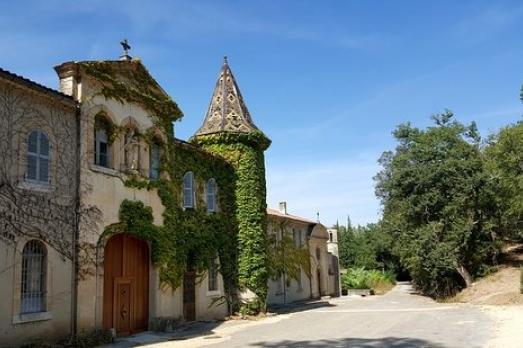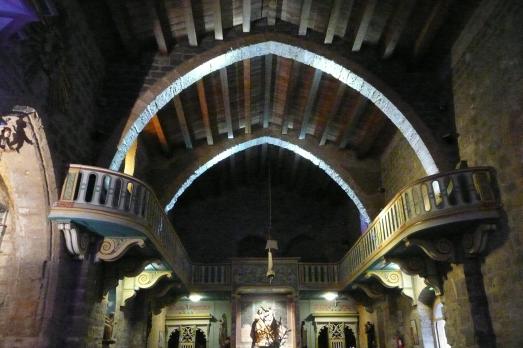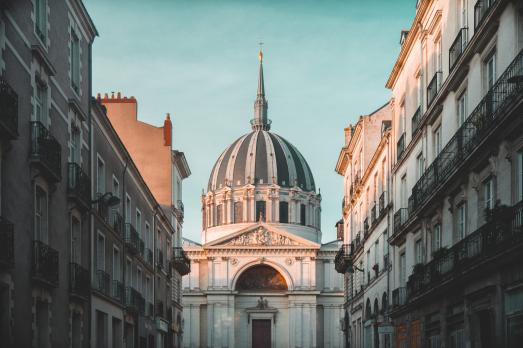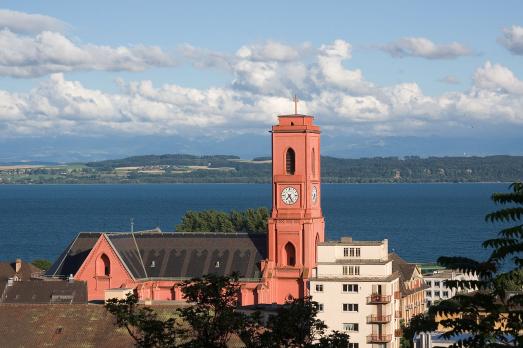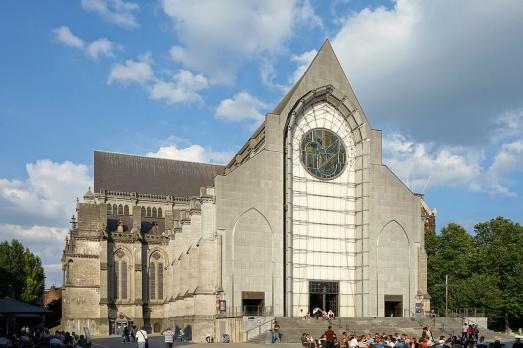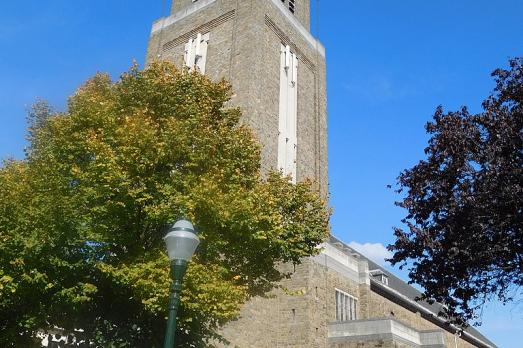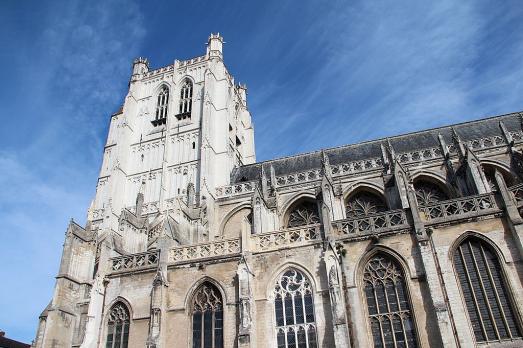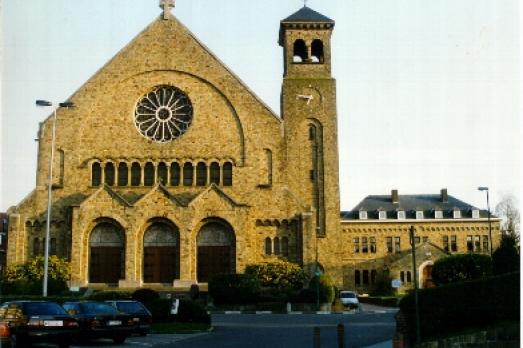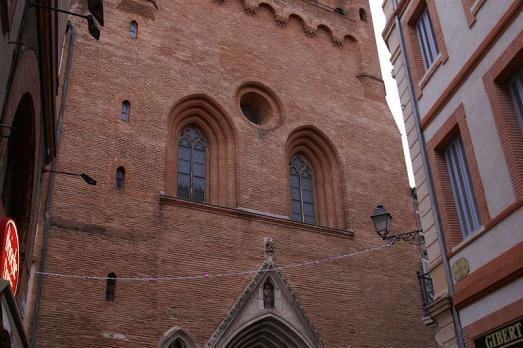
Notre-Dame du Taur
Toulouse, FR
Our Lady of Taur, built between the fourteenth and sixteenth century, was originally dedicated to the first bishop of Toulouse, Saturnin. The martyred bishop was dragged down the Capitol, tied to the tail of a bull (hence the name "Taur" which means bull).
